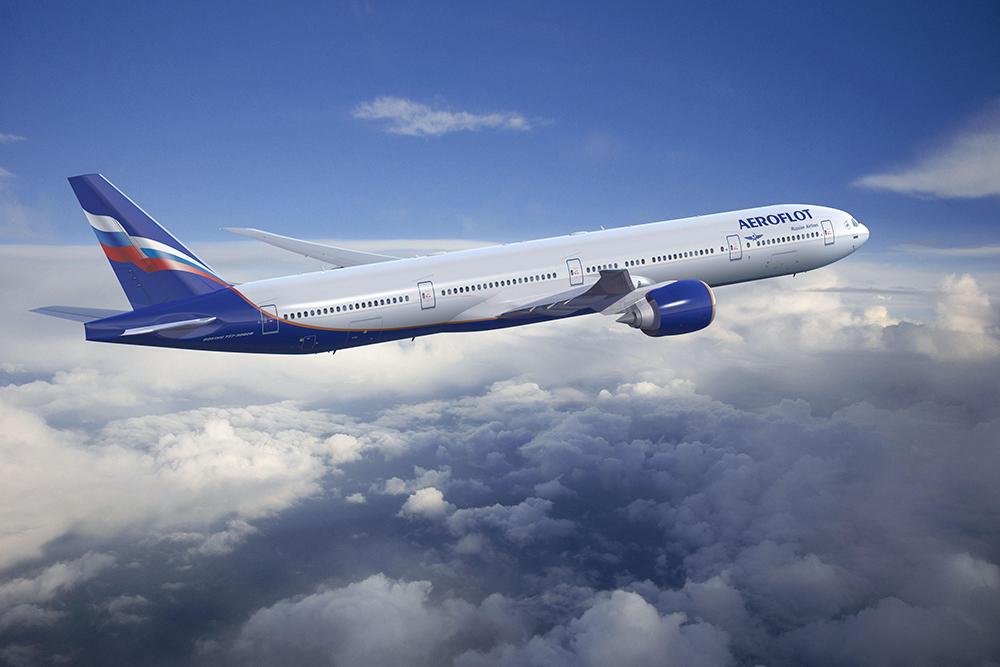China, India Remain Most Likely Suppliers for Fast-Shrinking Russian Aviation

As sanctions against Russia continue to grow, its best bet for spare aircraft parts may be to look east.
Nonprofit business membership and research group organization The Conference Board notes that the sanctions against Russia for the Ukraine invasion have now been applied by 40 nations, accounting for half of global GDP. “Significantly, China and India, two very large global economies, are not participating in the sanctions regime…” the Board notes.
Sanctioning countries include the U.S., EU nations and the UK. They also include the Asia-Pacific nations of Japan, South Korea, Taiwan, Australia, New Zealand and the great MRO hub of Singapore. Russian aviation officials have said they plan to get spare parts from Asia, but sanctions would leave mostly The Philippines, Vietnam, Malaysia, Thailand, Indonesia, Pakistan and the giant markets of India and China as potential sources.
Any of these countries may be a possible source of parts. But size matters here because the larger the country and its aviation sector, the harder it will be for sanctioning nations to spot any extra surge in part demand due to Russian needs. China operates more than 4,000 commercial aircraft, India operates more than 700 and Russia operates nearly a thousand.
Yet the question remains: How many parts will Russia really need for its shrinking aviation sector? Russian airlines are no longer operating international flights, even where these are allowed, due to the Russian government’s fear of aircraft repossession. Russia’s international flights carried 42% of its airline passengers before COVID-19. However, due to virus restrictions and booming domestic markets, its international flights carried only 17% of total passengers just before the invasion, according to data from Russia’s Federal Air Transport Agency.
Pre-war, 83% of passenger demand was for domestic flights. Demand moves roughly in line with consumer income, which in turn depends on real GDP. S&P Global now projects that, due to western sanctions and a mass exodus of businesses, real Russian GDP will plummet 22% over the four quarters of 2022, reaching its lowest level since 2006. Higher oil prices might appear to offset some of this loss, but oil revenue goes mostly to the government and must be spent mostly on the war.
Wiping out 17% of passengers due to sanctions and another 18% due the economy’s crash by the end of the year would leave carriers drawing less than two-thirds of the passengers they did in February 2022. Presumably, around a third of the pre-war fleet would be grounded, in Russia or elsewhere.
Russia’s two largest airlines, which were more dependent on international travel than most Russian carriers, have already shown signs of an even sharper hit. Aeroflot and S7 have seen their total daily operations during the war drop 42% from immediate pre-war levels, according to RadarBox.
Editor's note: Due to the fluid nature of Russian operators 'seizing' aircraft from lessors and placing them on the Russian aircraft register, there is potential for aircraft not to be matched to flights correctly, giving a slightly skewed view of the market.






Comments
Russia could also change its laws to allow "foreign" carriers to carry passengers on domestic segments. For example: Beijing, Irkutsk, Novosibirsk, Perm, Moscow, St. Petersburg and return.
Necessity is the mother of invention.